What is Poovarasam Pattai (Portia Tree Bark)?
🌳 Poovarasam Pattai (Thespesia populnea), also known as Portia Tree Bark, is a highly valued medicinal bark used in Siddha, Ayurveda, and Unani medicine. It is known for its anti-inflammatory, antifungal, and wound-healing properties.
🌳 The bark, leaves, flowers, and seeds of this tree are used to treat skin diseases, ulcers, fever, diabetes, and joint pain.
🌳 The Poovarasam tree is native to coastal regions and is often found near beaches, riverbanks, and tropical forests. It is also known for its strong, water-resistant wood, traditionally used in boat building.
Description of Poovarasam Pattai (Portia Tree Bark) Plant
🌿 Thespesia populnea is a medium-sized, evergreen tree that grows up to 10–15 meters in height.
🌿 The bark is dark brown, smooth, and slightly fissured, with medicinal properties.
🌿 Leaves are heart-shaped, bright green, and glossy, arranged alternately.
🌿 Flowers are large, yellow with a dark maroon center, resembling hibiscus flowers.
🌿 The tree produces round, woody fruits that turn brown upon ripening.
🌿 The bark is rich in tannins, flavonoids, and glycosides, making it beneficial for wound healing, pain relief, and skin conditions.
Morphological Characteristics of Poovarasam Pattai (Portia Tree Bark)
🌿 A fast-growing, drought-resistant tree commonly found in coastal and tropical regions.
🌿 The bark is thick, fibrous, and dark brown, with a slightly rough texture.
🌿 Leaves are broad, heart-shaped, and leathery, measuring 8–15 cm in length.
🌿 Flowers are bright yellow with a maroon center, turning orange-red before wilting.
🌿 Fruits are round, woody, and dark brown, containing numerous seeds.
🌿 The bark contains medicinal compounds that help in reducing inflammation, promoting digestion, and treating skin disorders.
Habitat of Poovarasam Pattai (Portia Tree Bark) – Thespesia populnea
🌿 Thespesia populnea is native to tropical and subtropical regions, especially in India, Sri Lanka, Southeast Asia, and Pacific Islands.
🌿 Commonly found in coastal forests, riverbanks, temple gardens, and village landscapes.
🌿 Prefers sandy, loamy, or well-drained soil but can also thrive in saline and alkaline conditions.
🌿 Tolerates high humidity, strong winds, and dry weather, making it an excellent shade tree.
🌿 Grows well in tropical coastal regions such as Tamil Nadu, Kerala, Andhra Pradesh, and Karnataka.
Poovarasam Pattai (Portia Tree Bark) Organic Information
🌳 100% pure and natural, free from chemicals, pesticides, and additives.
🌳 Sustainably harvested from wild-grown Portia trees, ensuring high medicinal potency.
🌳 Carefully sun-dried and hand-processed to preserve its healing properties.
🌳 Used in Ayurvedic, Siddha, and folk medicine for wound healing, pain relief, skin infections, and digestive health.
🌳 Ethically sourced and eco-friendly, protecting traditional herbal medicine knowledge.
Different Language Names
⭐ Tamil: பூவரசம் பட்டை (Poovarasam Pattai)
⭐ Hindi: पारस पीपल की छाल (Paras Pipal Ki Chhal)
⭐ Sanskrit: पार्थिव त्वक् (Parthiva Tvak), भूमिपत्र (Bhumipatra)
⭐ Malayalam: പൂവരശം തൊലി (Poovarasham Tholi)
⭐ Kannada: ಪೂವರಸ ಮರದ ತೊಗಟೆ (Poovaras Marada Togate)
⭐ Telugu: పూవరసం చెట్టు తొక్క (Poovarasam Chettu Tokka)
⭐ Bengali: পারস পিপল গাছের ছাল (Paras Pipal Gacher Chhal)
⭐ Marathi: पारस पीपळ साल (Paras Pipal Saal)
⭐ Gujarati: પારસ પીપળ ની છાલ (Paras Pipal Ni Chhal)
⭐ Punjabi: ਪਾਰਸ ਪੀਪਲ ਦੀ ਛਾਲ (Paras Pipal Di Chhal)
⭐ Odia: ପୁବରସ ଗଛ ଛାଲ (Poovaras Gacha Chhal)
⭐ Assamese: পাৰস গছৰ ছাল (Paras Gasor Chhal)
⭐ Urdu: پارس پیپل کی چھال (Paras Pipal Ki Chhal)
⭐ Konkani: ಪೂವರಸಂ ಸಿಪ್ಪೆ (Poovarasam Sippe)
⭐ Tulu: ಪೂವರಸ ಸಿಪ್ಪೆ (Poovaras Sippe)
⭐ Meitei (Manipuri): পারস গছৰ ছাল (Paras Gachor Chhal)
⭐ Dogri: पारस पीपल की छाल (Paras Pipal Ki Chhal)
⭐ Kashmiri: پارس پیپل چھال (Paras Pipal Chhal)
⭐ Maithili: पारस पीपल छाल (Paras Pipal Chhal)
⭐ Chhattisgarhi: पारस पीपल छाल (Paras Pipal Chhal)
⭐ Rajasthani: पारस पीपल छाल (Paras Pipal Chhal)
⭐ Sindhi: پارس پیپل جي ڇال (Paras Pipal Ji Chhal)
⭐ Nepali: पारस पीपल छाल (Paras Pipal Chhal)
⭐ Arabic: لحاء شجرة بارس (Lihā’ Shajarat Bāras)
⭐ Chinese: 波罗蜜树皮 (Bōluómì Shùpí)
⭐ Malay (Malaysia): Kulit Pokok Portia
⭐ Thai: เปลือกต้นปอร์เทีย (Pluak Ton Portia)
⭐ Vietnamese: Vỏ cây Cây Bần Bần
⭐ Spanish: Corteza del Árbol de Portia
⭐ French: Écorce d’Arbre de Portia
⭐ Sri Lankan Sinhala: පූවරස ගස් පතල (Poovaras Gas Patala)
⭐ Indonesian: Kulit Pohon Portia
⭐ German: Portia-Baumrinde
⭐ Italian: Corteccia dell’Albero di Portia
⭐ Family Name: Malvaceae (Mallow family)
⭐ Botanical (Latin) Name: Thespesia populnea
⭐ Common Names: Portia Tree Bark, Indian Tulip Tree Bark, Pacific Rosewood Bark
Nutritional Information (per 100g)
Energy: 180-230 kcal
Carbohydrates: 35-45g
Dietary Fiber: 10-15g
Protein: 4-8g
Calcium: 120-180mg
Iron: 3-6mg
Vitamin C: 15-25mg
Phytochemicals: Alkaloids, Tannins, Flavonoids, Terpenoids
Nutritional Facts
✔ Supports skin health and aids in wound healing.
✔ Rich in antioxidants, promoting overall wellness.
✔ Contains natural anti-inflammatory and antimicrobial properties.
✔ Helps regulate digestion and supports liver health.
✔ Free from artificial colors, flavors, and preservatives.
Dosage
For Adults: 1-2 teaspoons (3-5g) per day.
For Children: ½ teaspoon (1-2g) per day.
Maximum Dosage: Do not exceed 10g per day unless recommended by a healthcare professional.
How to Consume
Internal Use
Poovarasam Pattai Powder with Water: Mix 1 teaspoon of powder in warm water and drink daily.
Poovarasam Pattai Tea: Boil 1 teaspoon of bark in water, strain, and drink.
With Honey: Mix the powder with honey and consume for added benefits.
External Use
For Skin Care: Make a paste with water or rose water and apply it to wounds, rashes, or skin irritations.
For Oral Health: Use the powder as a natural toothpowder to support oral hygiene.
How to Use & Store
✔ Store in an airtight container, away from moisture and direct sunlight.
✔ Ensure the lid is tightly closed after every use.
✔ Keep in a cool, dry place to maintain freshness and potency.
Caution to Be Taken
⚡ Consult a physician if pregnant, breastfeeding, or on medication.
⚡ Possible interactions with medications, especially those affecting skin health, digestion, and immunity.
⚡ Avoid excessive consumption to prevent potential toxicity or adverse effects.
⚡ Not suitable for infants or children without medical advice.
⚡ Long-term use is not recommended without professional guidance.
⚡ Always consult a healthcare provider for personalized dosage and safety considerations.
Important Tips
☀️ Start with a Low Dose 🌱: Begin with a small amount to assess tolerance.
☀️ Use in Moderation 🌿: Avoid excessive or prolonged use without guidance.
☀️ Choose High-Quality Products 🍁: Purchase from trusted sources to ensure purity and effectiveness.
☀️ Conduct a Patch Test 🍂: Always test on a small skin area before topical application.
☀️ Proper Storage Matters 🍃: Store in airtight, non-metal containers to preserve potency and freshness.
Harvesting & Manufacturing Method
☀️ Organically Sourced 🌳: Poovarasam Pattai (Thespesia Populnea Bark) is cultivated without synthetic chemicals, ensuring natural purity.
☀️ Sustainably Harvested 🌿: Collected from naturally growing Poovarasam trees in ecologically balanced regions.
☀️ Handpicked & Sun-Dried 🌱: Dried naturally under the sun to retain its medicinal properties.
☀️ No Additives or Chemicals 🌾: Processed without artificial preservatives, maintaining its raw and authentic nature.

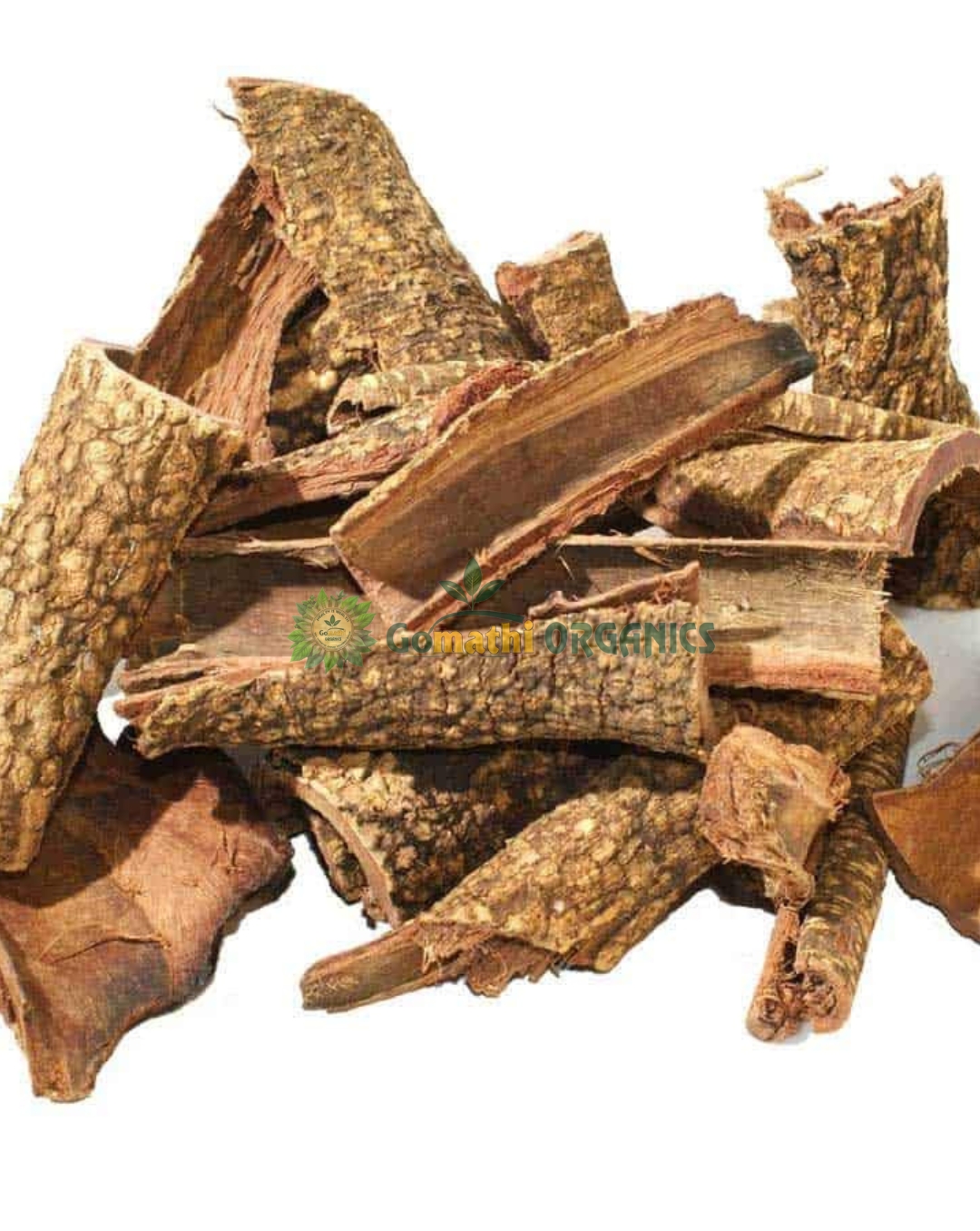
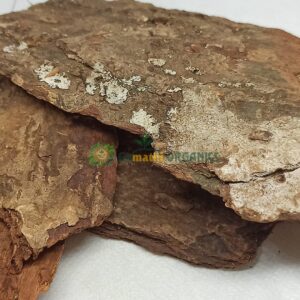
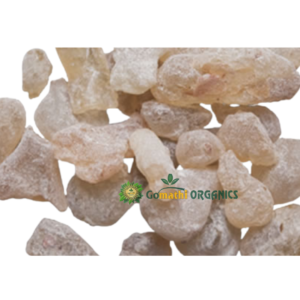
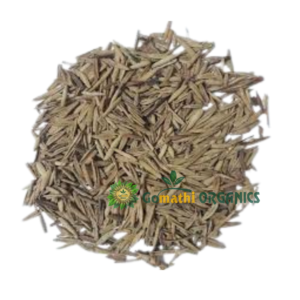
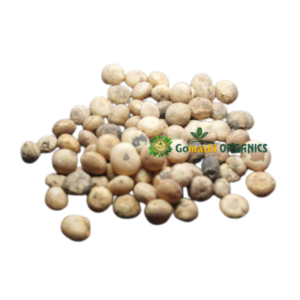



Reviews
There are no reviews yet.